Canon EOS 1000D digital SLR Review
Canon EOS 1000D digital SLR
The 1000D is Canon's new 10MP entry-level DSLR, but can it win back the buyers?
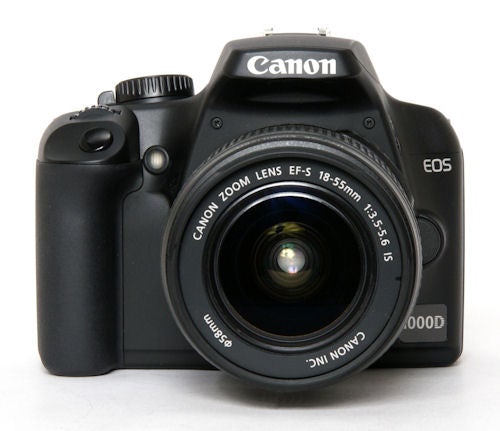
Verdict
Pros
- Live view
- Lightweight
- Speedy operation
- Good high ISO performance
- Good image quality
Cons
- Overpriced
- Noticeably plastic build
- Slow live view focussing
- No video
Key Specifications
- Review Price: £420.00
- 10.1 megapixel sensor
- 18-55mm lens
- Live view
- 7-point autofocus
A couple of weeks ago I reviewed the Canon EOS 450D, the latest in a successful line of consumer digital SLR cameras, and discovered that although it is a good camera it is too expensive to be considered an entry-level model. As I remarked in that review, Canon has been losing ground in the DSLR market recently, mostly to Nikon and Sony, thanks mainly to some very strong and well-priced entry-level models. Pentax and Olympus also have some excellent low-cost DSLR models, leaving Canon looking a bit exposed at that end of the market.
To answer this challenge, in June Canon announced the EOS 1000D, a new entry-level model designed to lure buyers into the EOS camera system. Since the new model has to fit into the EOS range below the 12.2-megapixel 450D it will come as little surprise that the 1000D is a 10.1-megapixel model, also featuring the latest DSLR must-have feature, live monitor view.
Of course Canon already has a 10.1-megapixel DSLR in its line-up, the EOS 400D, which is still available for around £340 body-only. So is the new camera just a 400D with live view bolted on? Not quite; in fact it would be more accurate to describe the 1000D as a cut-down 450D than an upgraded 400D, although it shares some features with both models. The body size and shape is a much closer match, and the control layout is also almost identical to the 450D, although the 1000D has the 400D’s 2.5-inch 230K monitor. At 450g the new camera is 25g lighter than the 450D and 80g lighter than the 400D.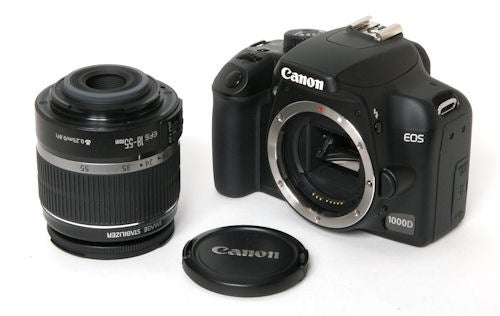
In terms of specification the 1000D shares the same 22.2 x 14.8mm CMOS sensor as the 400D, but is equipped with the new DIGIC III image processor, the same as the 450D. The autofocus system has a seven-point sensor similar to the discontinued EOS 350D, rather than the nine-point system found in the 400D and 450D, while exposure metering is handled by the same 35-point TTL system that Canon has been using for several years. The Live View mode is taken straight from the EOS 450D, including the limited contrast-detection AF function.
One reason that Canon needs a new entry-level model is that the 450D simply can’t compete on price with the base models from the other manufacturers. With Sony’s Alpha A200 available for under £300 with an 18-70mm kit lens, Nikon’s D60 selling for around £350 with lens, the Olympus E-420 available for around £360 with a high-quality Zuiko 14-42mm lens, and even the weatherproof Pentax K200D selling for around £370, the £450 EOS 450D looks rather pricey.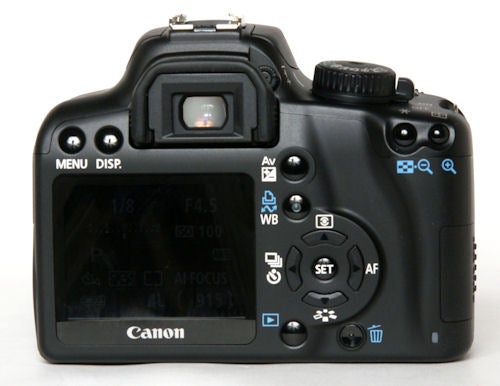
The bit I don’t understand is that the EOS 1000D is currently selling for around £420 with the Canon’s much-criticised 18-55mm kit lens. Given that it seems to be built out of the parts bin I would have expected Canon to price the camera much more competitively. It seems to be a strange decision to launch a new entry-level camera that’s around £100 more expensive than the rival cameras against which it will have to compete. Admittedly the price will probably fall once the 1000D has been on sale for a few more months, but in that time more and more people will buy Nikon, Sony, Olympus and Pentax, and Canon’s market share will fall even further. If they could have launched the 1000D at £350 with a lens, even that dire 18-55, then they’d have cleaned up, but as it stands the 1000D is simply too expensive.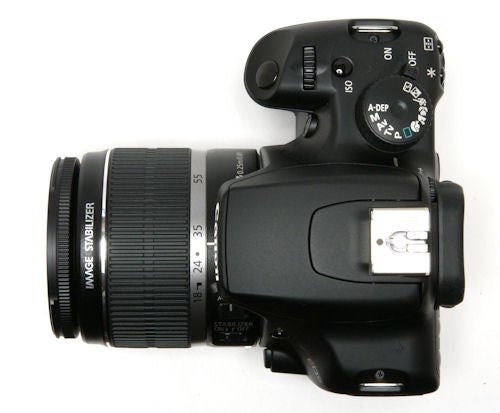
Another problem is that the EOS 1000D just doesn’t feel like £420 worth of camera. Instead it feels light and slightly flimsy, especially when compared to the robust build quality of models like the Olympus E-420 and Pentax K200D. The body is very small, the handgrip is too thin and too close to the lens barrel, at least for my hands, and the viewfinder is narrow and tunnel-like. While I have no doubt that the usual Canon fans will highly recommend it, I was not as impressed as I usually am by Canon DSLRs. The 1000D feels like a stop-gap measure, something that was rushed out of the factory to fill a gap in the market rather than the usual well-designed and well made products for which Canon has a deserved reputation.
Although the EOS 1000D is made of bits from other cameras, they are pretty good bits and the result is a camera that performs well and is capable of producing good results. Like most DSLRs it starts up almost instantly, and its shooting performance is everything you’d expect from a Canon. It’s not quite as fast as the 450D, but with a continuous shooting speed of three frames a second it’s at least a match for the 400D, and also matches other entry-level models such as the Nikon D60 and Sony A200. It only really slows down in Raw mode, where shooting speed drops to approximately 1.5fps with a decent high-speed memory card, but can only shoot six frames before having to pause to empty the buffer.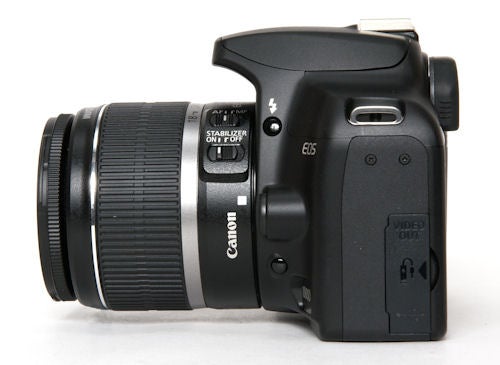
The main autofocus system is also fast and accurate, and tracks well on moving subjects, but as with the 450D the basic contrast detection AF in live view mode is slow and cumbersome. In its default setup the live view AF is turned off, and you have to delve into the custom settings menu to turn this option on.
The exposure system is also generally good, although I did find that it had a tendency to over-expose in some circumstances, particularly burning out highlights on some high-contrast subjects. This can be corrected by using spot metering and exposure compensation, or by shooting in Raw mode and adjusting the exposure afterwards, but it was still slightly annoying when shooting on a sunny day.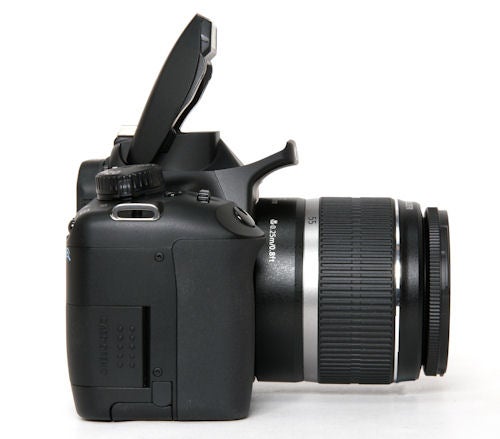
The 1000D has a feature called Auto Lighting Optimiser, which is Canon’s version of the dynamic range compensation found on most current DSLRs and high-spec compacts. It is supposed to simulate a wider dynamic range by brightening shadows and darkening highlights, but to be honest it’s not terribly effective. It does preserve some highlight detail in high-contrast shots, but not much.
Where the EOS 1000D scores highly is in final image quality, and especially in image noise control. Canon’s CMOS sensor technology has a well-deserved reputation for having the best high-ISO performance currently available, and the 1000D does nothing to spoil it. As you’ll see from the sample shots, even at the maximum 1600 ISO image quality is superb, with a high level of detail and only a little visible noise in the darker areas of the shot. At lower settings there is almost no difference between shots taken at 100 ISO and at 400 ISO.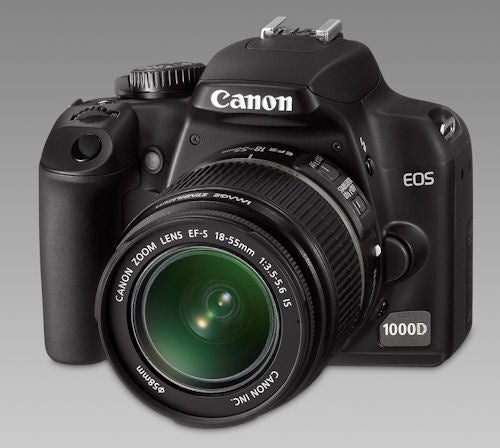
”’Verdict”’
The Canon EOS 1000D is a difficult camera to judge. While it does have some good qualities, including decent performance and excellent image quality, it doesn’t really stand out against competing entry-level cameras from other brands. Its limited feature-set, slightly disappointing build quality and overall feeling of cheapness do it no favours, and the live view mode isn’t as useful as you might hope. If it comes down in price by at least £100 then it might be a better deal, but at the moment it’s not one that I’d recommend.
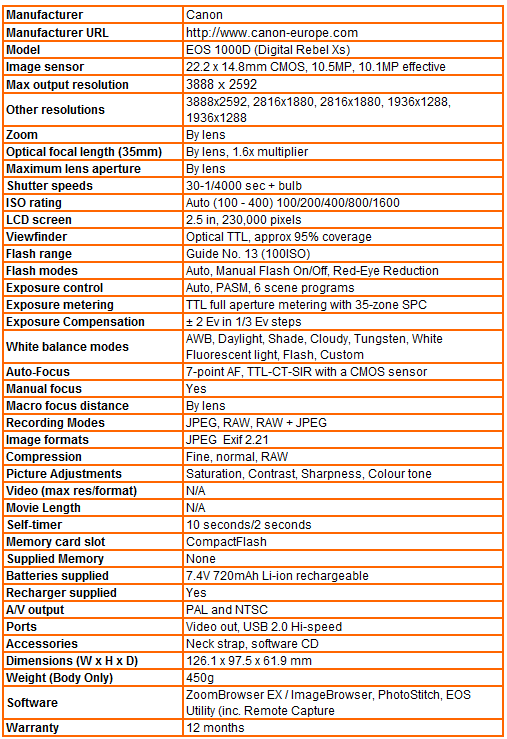
”A range of test shots are shown over the next few pages. Here, the full size images at the minimum and maximum ISO settings have been reduced for bandwidth purposes to let you see the full image, and a series of crops taken from original full resolution images at a range of ISO settings have been included in order for you to gain an appreciation of the overall quality.”
—-
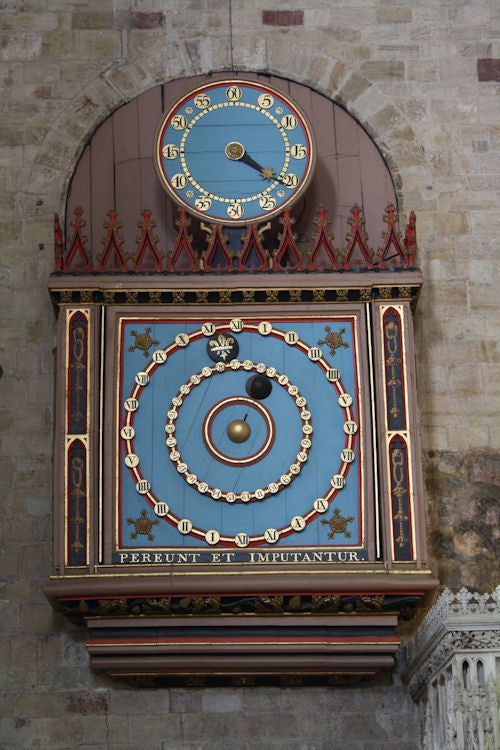
This is the full frame at 100 ISO.
—-
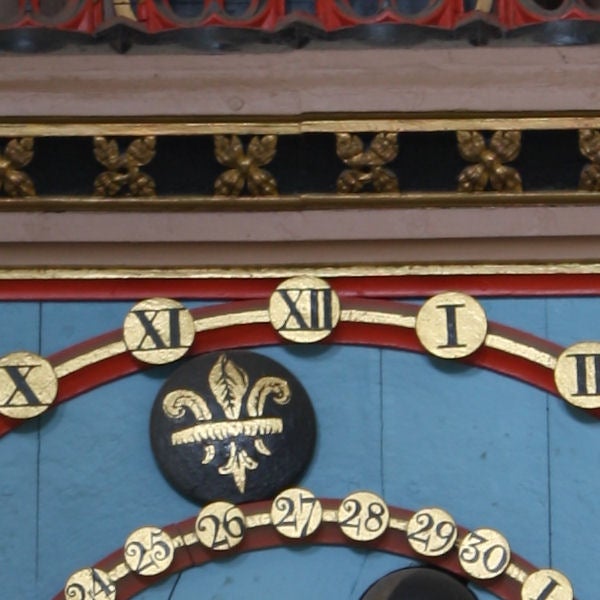
At the minimum ISO setting the image quality is excellent, with no noise at all.
—-
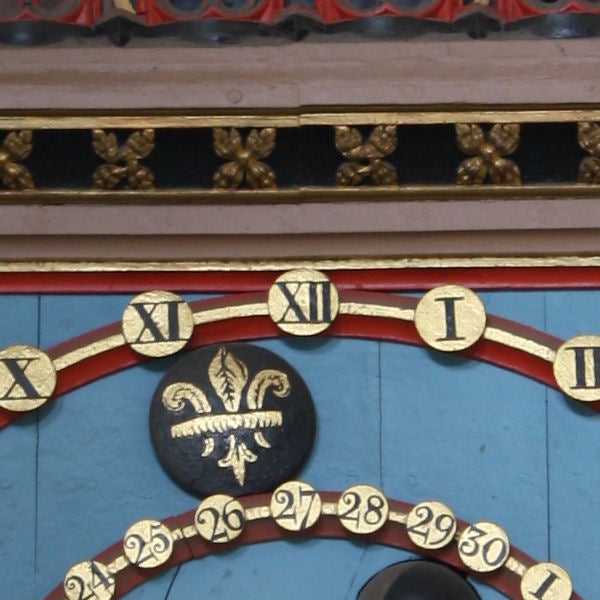
No difference at all at 200 ISO.
—-
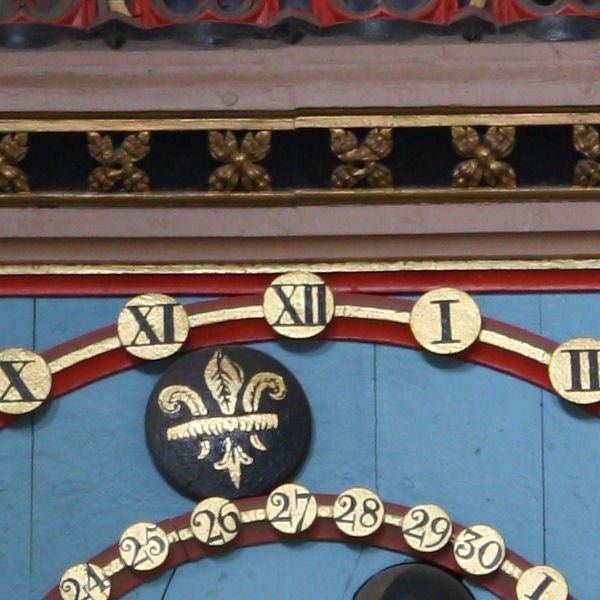
Image quality is still virtually perfect at 400 ISO.
—-
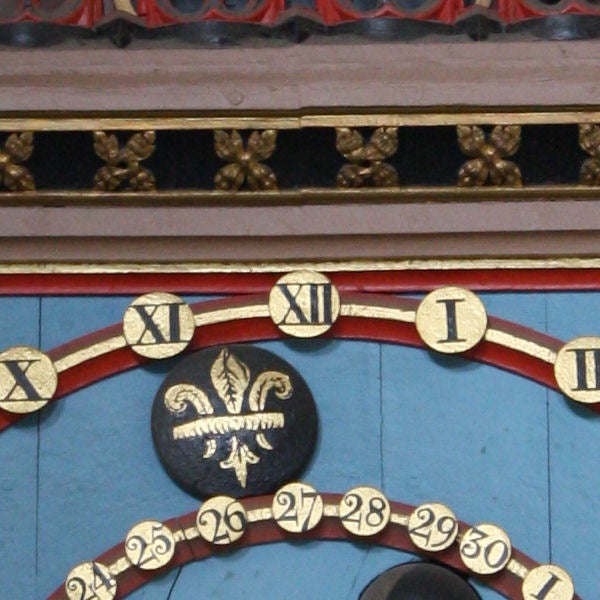
There is a little noise visible in the darker areas at 800 ISO, but the image quality is still very high.
—-
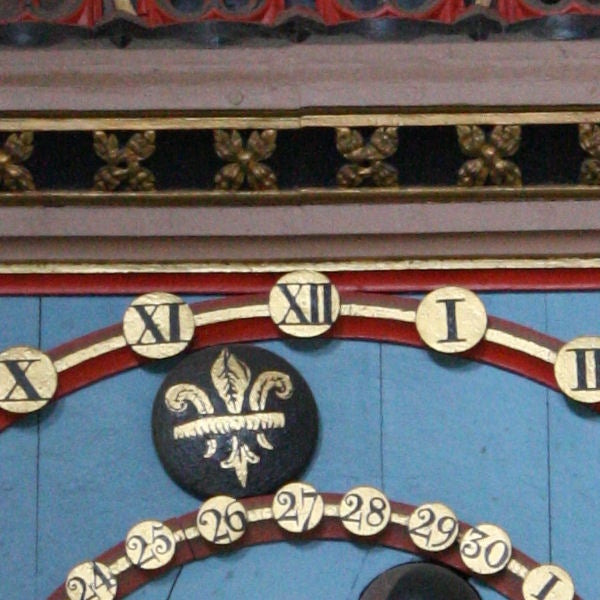
Slightly more noise can be seen at 1600 ISO, but this image is still quite usable.
—-
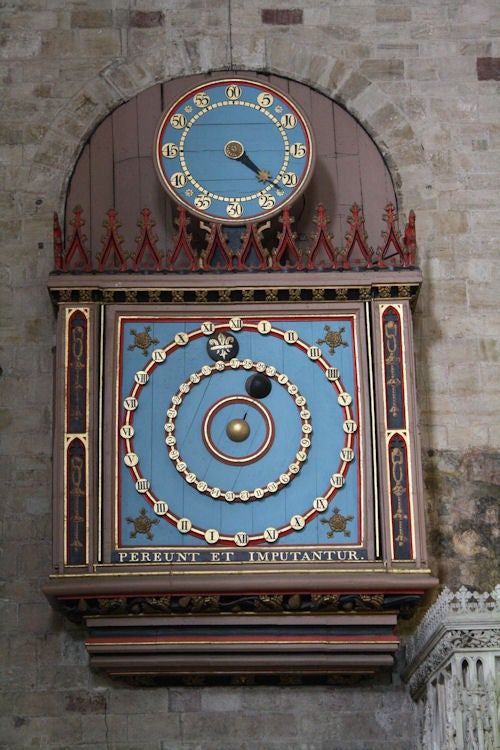
This is the full frame at 1600 ISO.
—-
”A range of general test shots are shown over the next two pages. In some cases, the full size image has been reduced for bandwidth purposes, and a crop taken from the original full resolution image has been placed below it to show the overall image quality. Some other pictures may be clicked to view the original full-size image.”
—-

Here’s nice shot to start off with, especially for all the arachnophobes out there.
—-

This is a full-magnification crop from the above image. The level of fine detail is superb, with every hair on the spider’s legs visible, but the shot is quite over-exposed.
—-
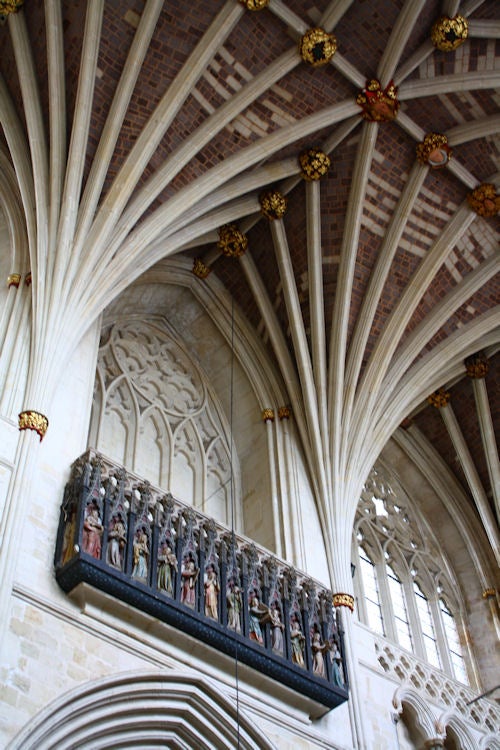
Canon’s optical image stabilisation is one of the best on the market. This was shot hand-held at 1/5th of a second.
—-
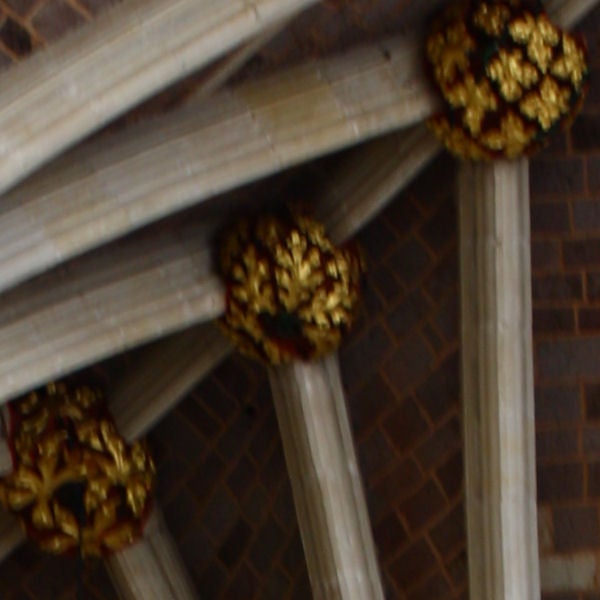
As you can see from this crop it’s not quite perfect, but still good enough to print.
—-
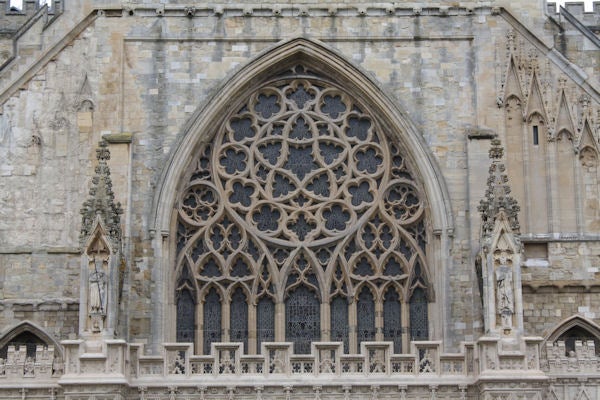
It’s interesting to compare the performance of a 10MP DSLR with a 10MP compact.
—-
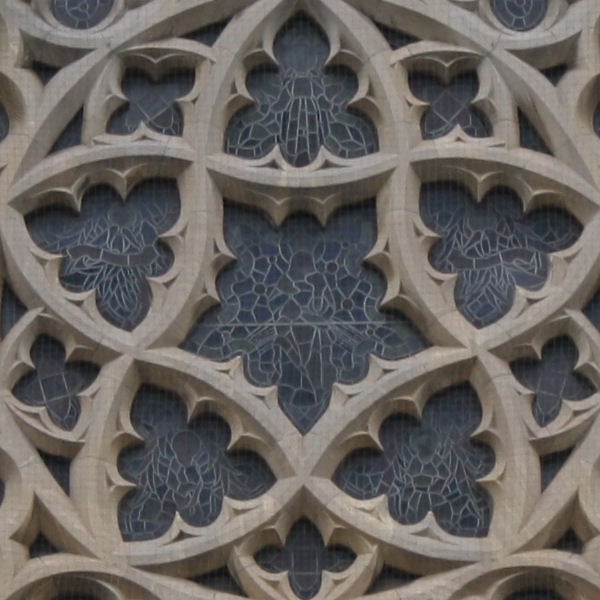
This is a full-res crop from the above image.
—-
”Here are some general test shots to help evaluate the camera’s overall image quality, including the zoom range of the lens. Some pictures may be clicked to download the full size original image. ”
—-
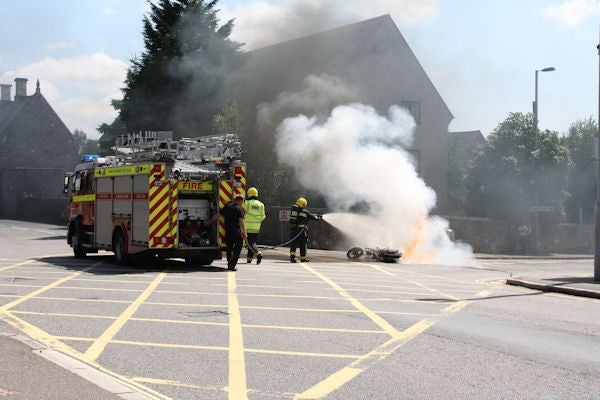
The 1000D’s autofocus system is fast and reliable, useful for when the unexpected happens. I took this shot of a motorcycle that had burst into flames down the road from my house, and was able to get it printed in the local paper. The rider luckily walked away with minor injuries.
—-
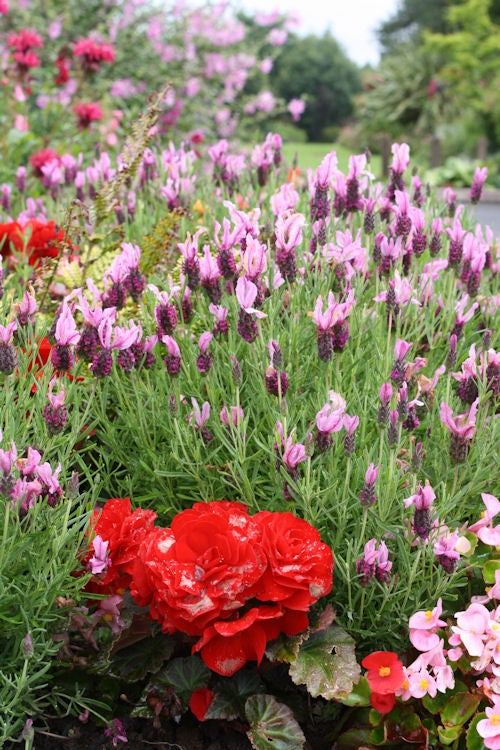
Colour reproduction is very good, but again the shot is slightly over-exposed.
—-
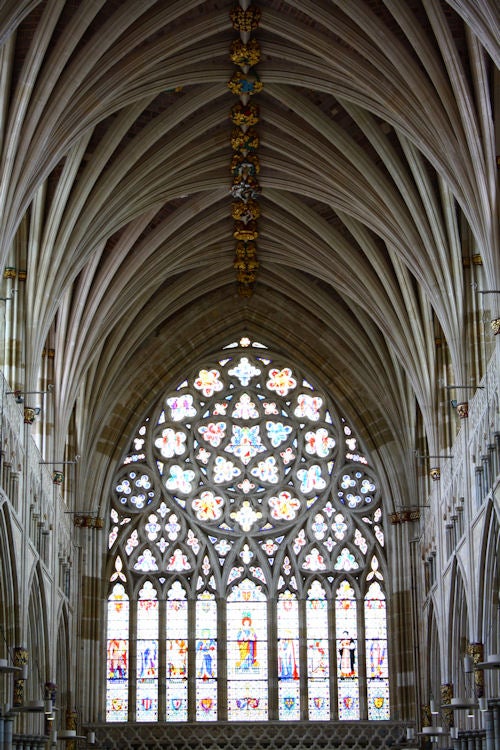
This shot too is slightly over-exposed, which has burned out highlights on the rose window.
—-
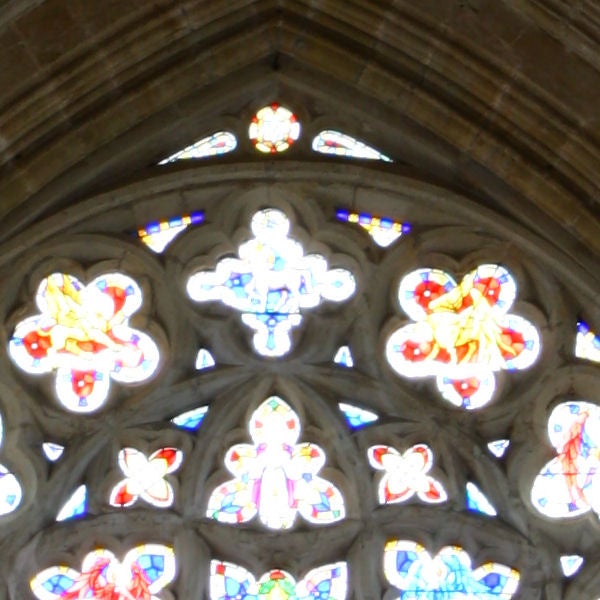
This is a crop from the image above, showing the burned-out highlights.
—-
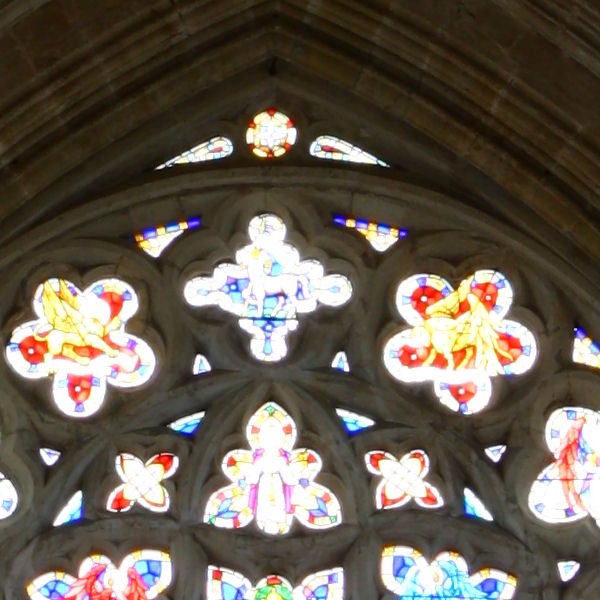
Using the Auto Lighting Optimiser feature helps to preserve some highlight detail, but not much.
—-
Trusted Score
Score in detail
-
Value 7
-
Image Quality 9
-
Build Quality 7
Features
| Camera type | Digital SLR |
| Megapixels (Megapixel) | 10.1 Megapixel |
| Optical Zoom (Times) | By lensx |
| Image Sensor | CMOS |
| Image Stabilisation | Optical |
| LCD Monitor | 2.5 in |
| Flash modes | Auto Flash, Flash OFF, Flash ON, Red-eye Reduction |
| Memory card slot | Secure Digital (SD) Card, Secure Digital High Capacity (SDHC) Card |

